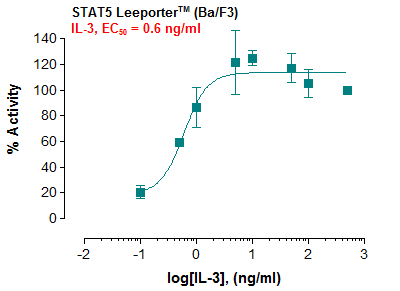Monoclonal Antibody to human ICAM-1(Discontinued)
Shipping Info:
For estimated delivery dates, please contact us at [email protected]
| Amount : | 500 µg |
| Isotype : | Mouse IgG1 |
| Content : | 0.5 mg 0.2 µm filtered antibody solution in PBS, containing 0.1% bovine serum albumin and 0.02% sodium azide. |
| Storage condition : | Product should be stored at 4 °C. Under recommended storage conditions, product is stable for at least one year. The exact expiry date is indicated on the label. |
The monoclonal antibody HM.1 recognizes human Immunoglobulin-like Cell Adhesion Molecule-1 (ICAM-1). The human ICAM-1 protein consist of 505 amino acids functioning as a type I transmembrane protein belonging to the immunoglobulin superfamily, C2 subset. It contains five Ig-like domains in its extracellular part, a transmembrane domain and a charged cytoplasmic tail. ICAM-1 is differentially glycosylated depending on cell type, giving rise to an 80-114 kDa protein. Deglyosylated ICAM-1 is ~60 kDa. ICAM-1 is expressed by a wide variety of cells including endothelial and epithelial cells, macrophages, fibroblast-like cells and dendritic cells. ICAM-1 expression can be induced by inflammatory cytokines (interleukin-1 (IL-1), Interferon gamma (IFNalpha), tumor necrosis factor alpha (TNFalpha)), phorbol esters or lipopolysaccharide . Expression regulation is cell specific and depends on the availability of cytokine/hormone receptors, signal transduction pathways, transcription factors, and posttranslational modification. ICAM-1 is an essential component in many immune-related processes. ICAM-1 links with receptors of the integrin family, thereby mediating cell-cell interactions and allowing for signal transduction. ICAM-1 interacts specifically with its receptors to induce a reversible adhesion interaction. For processes like T cell activation and leucocyte recruitment, normal immune function relies on ICAM-1. Ligands for ICAM-1 are the Integrins LFA-1 and MAC-1on leukocytes, CD43 (sialophorin), the soluble molecule fibrinogen, the matrix factor hyaluronan, rhinoviruses, and Plasmodium falciparum malaria-infected erythrocytes. Derangement of ICAM-1 expression contributes to the clinical manifestations of a variety of diseases, predominantly by interfering with normal immune functions. Among these are malignancies, many inflammatory conditions (e.g. asthma, autoimmune disorders), atherosclerosis, ischemia, certain neurological disorders (e.g. multiple sclerosis) and allogeneic organ transplantation. ICAM-1 is shed by the cell and detected in plasma, CSF and/or BAL as soluble ICAM-1 (sICAM-1). sICAM-1 can be very useful as biomarker for disease activity.
For immunohistochemistry dilutions to be used depend on detection system applied. It is recommended that users test the reagent and determine their own optimal dilutions. The typical starting working dilution is 1:50.
For Research Use Only. Not for use in diagnostic/therapeutics procedures.
| Subcellular location: | Membrane |
| Post transnational modification: | Monoubiquitinated, which is promoted by MARCH9 and leads to endocytosis. |
| BioGrid: | 109610. 178 interactions. |
|
There are currently no product reviews
|



















.png)









